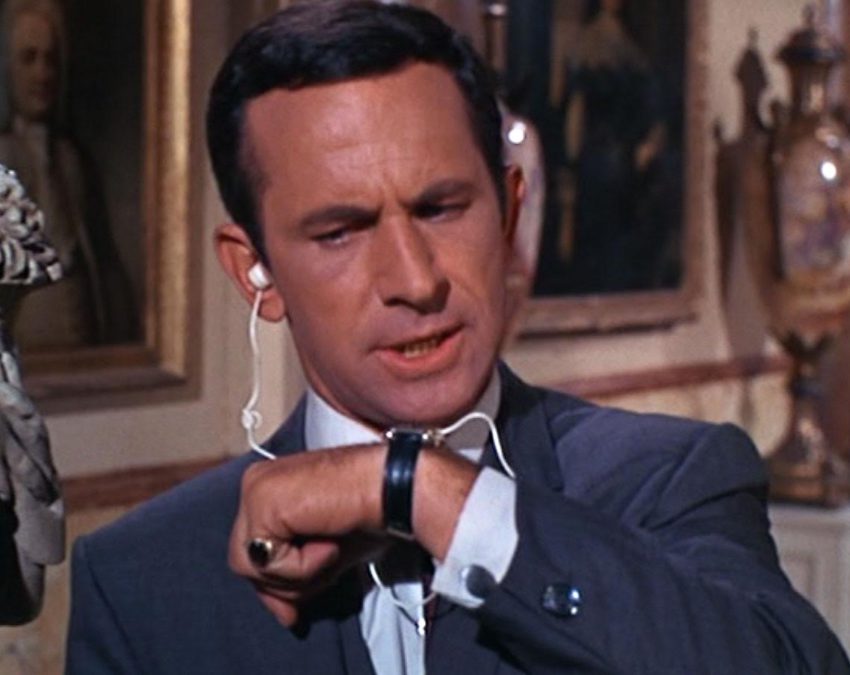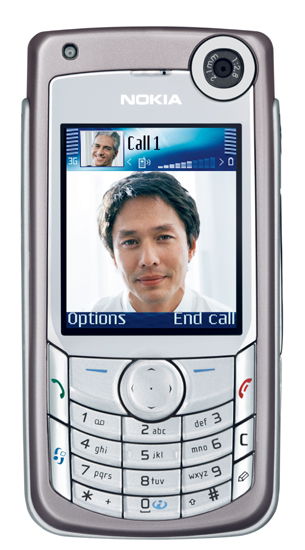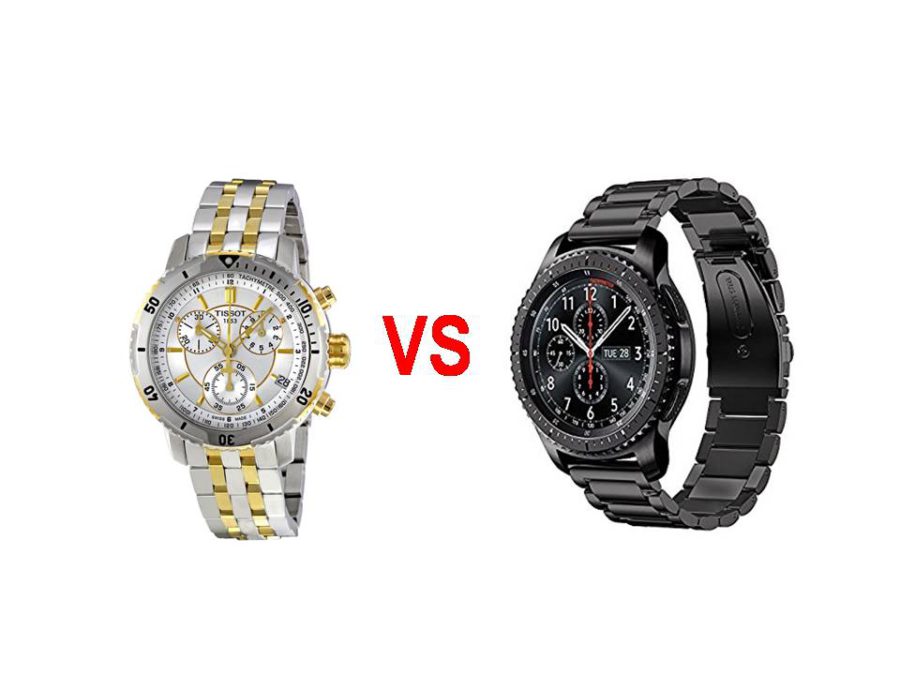In the past few years, the wearable electronics market has shown tangible growth. Most companies have entered this race and show their products in this category. The idea of a miniature computer worn on the hand is not new; the description of such gadgets was found in science fiction novels long before the appearance of the gadgets themselves.

And now the moment has come when technology made it possible to realize dreams of such devices. But why is there no explosive growth in sales then?

This is not the first time when a technology, having appeared, turns out to be practically unclaimed and gradually begins to grow overgrown with real, and not far-fetched use cases by marketers. Being to some extent a geek and a fan of digital technologies, very often I caught myself thinking that not all technical solutions expected by the bulk of consumers turn out to be as in demand as marketers present to us. A good example is the implementation of video calls over cellular networks.

At the dawn of the development of 3G networks, in addition to the growth of data transmission speed, one of the marketing engines for the transition to 3G networks was the ability to use video calls.
By the way, with regards to speed, this is also pure marketing. The reason and meaning of the development of cellular networks is not the need to increase the speed of data transfer, as marketers of cellular operators trumpet, but the banal bandwidth and capacity of the network. It is not difficult to understand this – if we take the bulk of real mobile Internet users, it turns out that this very general mass is not only not chasing record speeds, but often does not even know what mobile Internet speeds are. In practice, it turns out that 3G speeds are more than enough for the majority. But the 3G network is no longer able to serve the entire volume of devices that are now used on cellular networks of telecom operators. The problem is that for the consumer, such concepts as network bandwidth and capacity are a dark forest, and the figures for record speeds are already much more understandable and tangible. And let the user never face this in practice, but he will understand that the speed is growing and this is cool.
Let's return to video calls and why this technology turned out to be unclaimed as an operator's service. Manufacturers, seeing the need for this feature, are starting to release phones with an external camera, and phones without an external camera become a relic of the past and, in theory, should sink into oblivion. Cellular operators add the 'video call' service to their tariff plans, and everything seems to be great, and here it is, technological happiness from science fiction novels is at arm's length. But in the end it all ends with people not wanting to use the service. The share of video calls in the total traffic turns out to be vanishingly small, and phones without an external camera still exist and are produced. Yes, for the first time after the launch, many people use this service, but after some six months the video call turns out to be unclaimed. One can argue that messengers are to blame for this and Skype, which came to mobile platforms at about the same time, but reality suggests that the picture from science fiction films did not coincide with what the user received in the end, and was not as comfortable as in the movies.

In the films, we were shown negotiations on such portable devices as if both interlocutors were sitting exactly in front of the camera (in the studio it was), but in reality it turned out that everything was not so beautiful and convenient. Most often, those who want to make a video call on the go saw not a beautiful picture from the TV, but the interlocutor's nostrils. The interlocutor saw the same thing.

It turned out to be corny inconvenient to speak via video link on the go. This required a comfortable environment, mood, and background. The best choice is at home, having previously prepared for the call and putting myself in order, and it turned out that if I am at home, in comfortable conditions, then it is easier for me to warn the interlocutor about the call so that he can also prepare and contact using a computer, not a telephone. It is now that we have become much easier to relate to this issue, but then all this was a novelty and meant preparation for a communication session. After a rather long period of time, video calls from mobile devices have firmly entered our lives and become something self-evident, but at the same time, telecom operators have not been able to make this service in demand as their service.
Let's return to wearable electronics, namely smart watches, with which similar processes occur, but with their own nuances – they appeared earlier than necessary.
Long before the advent of smartwatches, the world learned about electronic watches, which turned out to be more accurate, simpler, and often lighter than classical mechanics.

Then, too, there were enough of those who prophesied bankruptcy and oblivion for companies producing classic mechanical watches. Time has put everything in its place, and all sorts of TAG Heuer, Tissot and the company have not gone anywhere, and continue to produce popular 'classic gadgets'. I doubt very much that smartwatches will become the barrier behind which there will be no place for ordinary watches. But technologies do not stand still, and the most likely development scenario seems to me to be a symbiosis of smart filling with a classic case and mechanism. For several years now, I myself have been at the crossroads of choosing between classic and smartwatches.

On the one hand, I like my PRS200s, which are neither a premium device, let alone an exclusive one, but which have gone through a lot with me and never let me down. And I also like their appearance, the feeling of weight on my hand – in other words, I am very used to them and, one might say, have become attached to my soul. On the other hand, the geek inside me demands to put on a technological gadget that gives new possibilities and convenience. And the choice is not as easy as it might seem. Every time I read the announcements of a new smart watch, the thought arises of buying one myself, but every time I am stopped by the understanding that then I will have to remove the good old mechanics. Wearing two watches at once is not an option, alas.
And when I try to decompose the choice into pros and cons, it turns out that the pros of the classics can be counted on the fingers of one hand:
- I like them and I'm used to them.
- They look like a clock, not like a futuristic device from a science fiction movie.
- They have guaranteed, excellent protection from water (survived a 12 meter scuba dive).
- No need to think about battery life.
The main cons from a geek's point of view:
- Can't do anything except display time.
This is perhaps the only complaint against them.
On the other hand, smartwatches also have a number of advantages:
- They are able to display a huge amount of information from different services.
- Able to display event notifications such as messages and calls.
- Allows you to manage smartphone settings without having to take out the smartphone itself.
- Allows you to use payment services (dubious but tempting option).
- They combine the features of both a classic watch and a technological gadget.
- They are a new, interesting toy. ?
In the cons, you can write down a couple of points, including:
- The need to monitor the charge level, as most models have modest battery life.
- Most smartwatches have 'no' and more often than not terrible designs.
I found the only way out of this dilemma to use a classic watch in combination with a fitness bracelet. There was an attempt to use the Samsung Gear Fit 2, but their depressing autonomy (at best two days) negated all their advantages.
At the moment, I settled on a combination of a classic watch and a bracelet Xiaomi Mi Band 2, in which I only lack the ability to read incoming messages and control music playback on a smartphone. Anticipating possible comments about the presence of programs for the button, I can say that I tried it, but it negatively affected other functions of the bracelet. Thus, the question of smartwatches and their need remained open.
Conclusion
Most likely, the time of wearable electronics in the form of smart watches has not yet come, and we only have to see a boom in their development and a qualitative leap in this area. Perhaps these devices will eventually be reborn into something else. But now, it seems to me, for most people such a problem seems far-fetched and not worth discussing, since most prefer the classics and are in no hurry to change it to a smart gadget. On the other hand, more and more often I see people who use 'smart' watches from different manufacturers as their main watches. Usually it is a watch from Apple, maybe because it has a recognizable design, or maybe because it is becoming fashionable. In any case, it would be interesting to know your attitude towards smartwatches, read about your experience of use and the reasons that prompted you to buy, or why you are not ready to start using such a gadget. I invite you to comment for discussion.
